
When exactly is Easter, the day Jesus rose?
The Persian calendar, used in Iran, follows the Earth’s journey around the sun, totaling roughly 365.2422 days per year, with an extra day thrown in every four years. Meanwhile, the Julian calendar, embraced in Eastern Orthodox/Eastern European regions, was set up by the Roman Pope back in 47 BC, counting a year as 365.25 days. Although these calendars seem quite similar and only deviate by about a day every 128 years, small discrepancies have accumulated over the centuries due to rounding errors. Interestingly, the ancient Persian calendar seems to provide a more precise count of the actual days it takes for the Earth to orbit the sun. On the other hand, the Gregorian calendar, widely used in countries like the UK, USA, and Australia, clocks a year at 365.2425 days and is the standard Western calendar today. Meanwhile, the Islamic calendar, observed in Arab or Islamic regions, and the lunar calendar, favored in Asian regions, are both based on the moon’s orbit around the Earth. This results in a year around 354.3670 days, with each month lasting approximately 29.5 days.
Why did I start looking into this? Well, with Easter holidays approaching in Australia (you know, it’s the first Sunday after the full moon following the vernal equinox, which lands on March 31 this year), I wanted to wish my friends a happy Easter break. But then, my Greek friend pointed out something interesting – it’s not their Easter yet! They follow the Julian calendar, so their Easter falls between April 19th and 25th. I was really surprised to find out that these differences stem from using different calendars.
Throughout the millennia, figuring out the exact day to commemorate Jesus’ resurrection has been quite a task because it changes every year. That’s why the Church of England suggested making it simpler for everyone by just setting Easter on a Sunday. So, three days before that Sunday is Good Friday, when we remember Jesus’ crucifixion. On this day, people fast, pray, and enjoy hot cross buns, symbolizing Jesus’ sacrifice on the cross for all of us.
But hey, times have changed! Nowadays, you might find young Australians opting to catch up with friends at the pub instead of heading to church on Good Friday!
At Easter, every family has its own special activities, like decorating Easter eggs or crafting cute little rabbits, all symbolizing the joy of rebirth, prosperity, and the hope that comes with springtime. Now, when it comes to food, there’s a common refrain: ‘No meat!’ Funny thing is, I used to think it meant avoiding all animal products. But then, my Italian friend enlightened me! They actually enjoy seafood during Lent because it’s meat-free! Suddenly, it all made sense why there’s always a rush for seafood during this time of year, with prices soaring. It’s all thanks to the traditions of European immigrants, unraveling a little mystery I had been pondering.
Whether or not you have faith in Christ Jesus, this time of year – with the spring equinox in the northern hemisphere and the autumn equinox in the southern hemisphere – is significant for everyone’s well-being and relaxation throughout human history. Around the globe, people celebrate in various ways, marveling at the changing seasons and eagerly looking forward to the energy of life. Right now, I’m happily celebrating Iran’s New Year! And I’m also getting into Easter prayers with all my heart! Qingming Festival is just around the corner, so it’s time to send greetings to my ancestors in Taiwan from afar! And hey, Japan’s cherry blossom season is up next – maybe it’s worth a visit? I guess I’m just someone who takes life a bit too seriously, always finding reasons to celebrate each day! 😁 Let’s all get moving for a brighter future together!
Wishing all the best,
Susu❤️






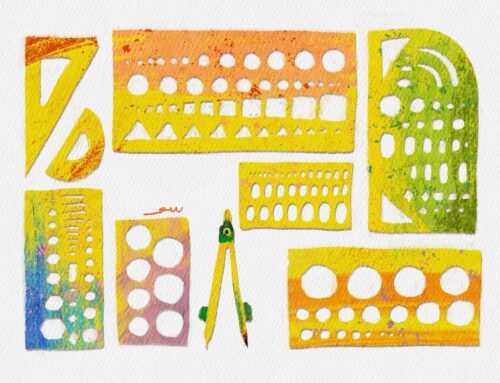
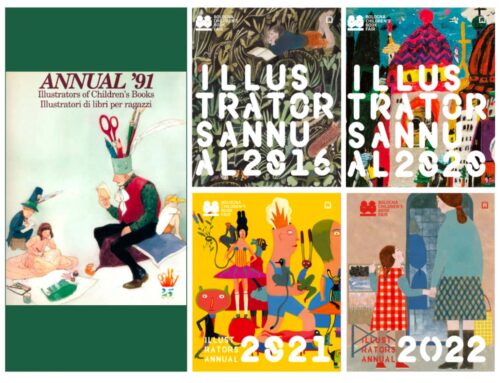



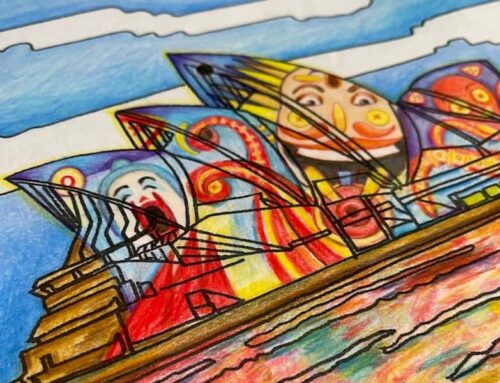
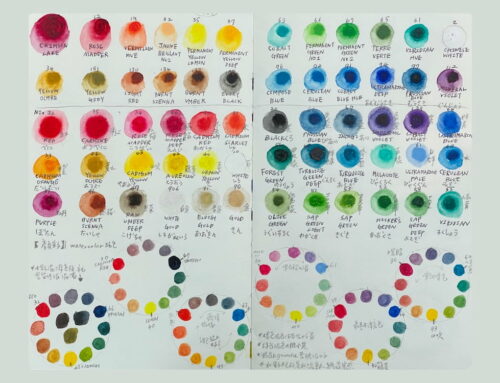



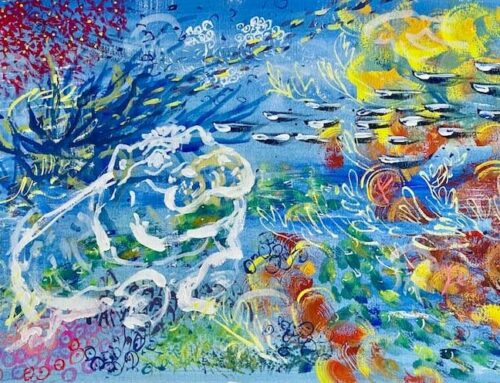
–If you like to support me — ❤️ BUY ME A HOT CHOCOLATE❤️